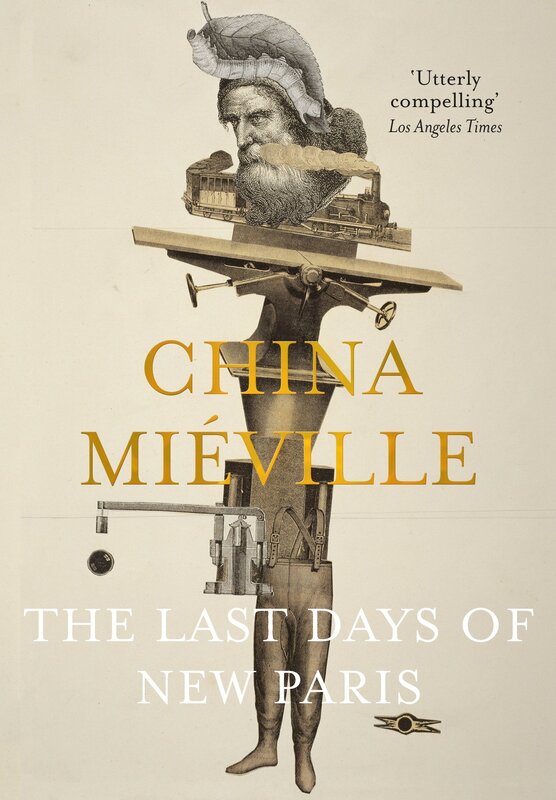The ideological positioning of surrealism against Nazism makes sense. The free creative spirit of surrealism is diametrically opposed to the rigid rule-bound worldview of Nazism, so they feel like natural enemies. However, Miéville complicates this dichotomy in how the Nazis try to make use of the S-blast for their own ends, showing how art can be co-opted by authoritarian regimes as well as used against them.
Thibaut and Sam make compelling joint leads, especially as we learn more about them. Both of them have secrets, and good reasons to fight against the Nazis, so it’s easy for the reader to stay interested. I would have liked to see more of Jack Parsons, though, since he was an intriguing character and I felt that his sections were a little short.
What I enjoyed most though were Miéville’s descriptions of the manifs (short for ‘manifestations’). These are the living surrealist paintings, most of which were from real artworks, the most prominent being André Breton’s Exquisite Corpse (which is reproduced on the book cover below). This manif became a major player in the plot, helping the two human leads in their battle against the Nazis. I’ve never read a book that features a living artwork as a main character before, which is exactly why I read China Miéville.
It’s not a spoiler to say that Sam is working on a photography book which she is planning to call ‘The Last Days of New Paris’, and Thibaut immediately latches onto this idea. The thought of the book drives him forward, giving him a reason why his time in New Paris will be worthwhile. It’s a powerful statement about how art can bring meaning to our lives.
Miéville’s novella is maybe not the best introduction to him as a writer, given the density of its references, but it’s a tight, gripping read, and perfect for anyone interested in art, history, or how each influences the other. It’s one of his clearest statements of his values, a manifesto for art in the face of oppression. Imaginative, bold, and unapologetically weird, it’s a fine addition to his oeuvre.
Review by Charlie Alcock

 RSS Feed
RSS Feed
